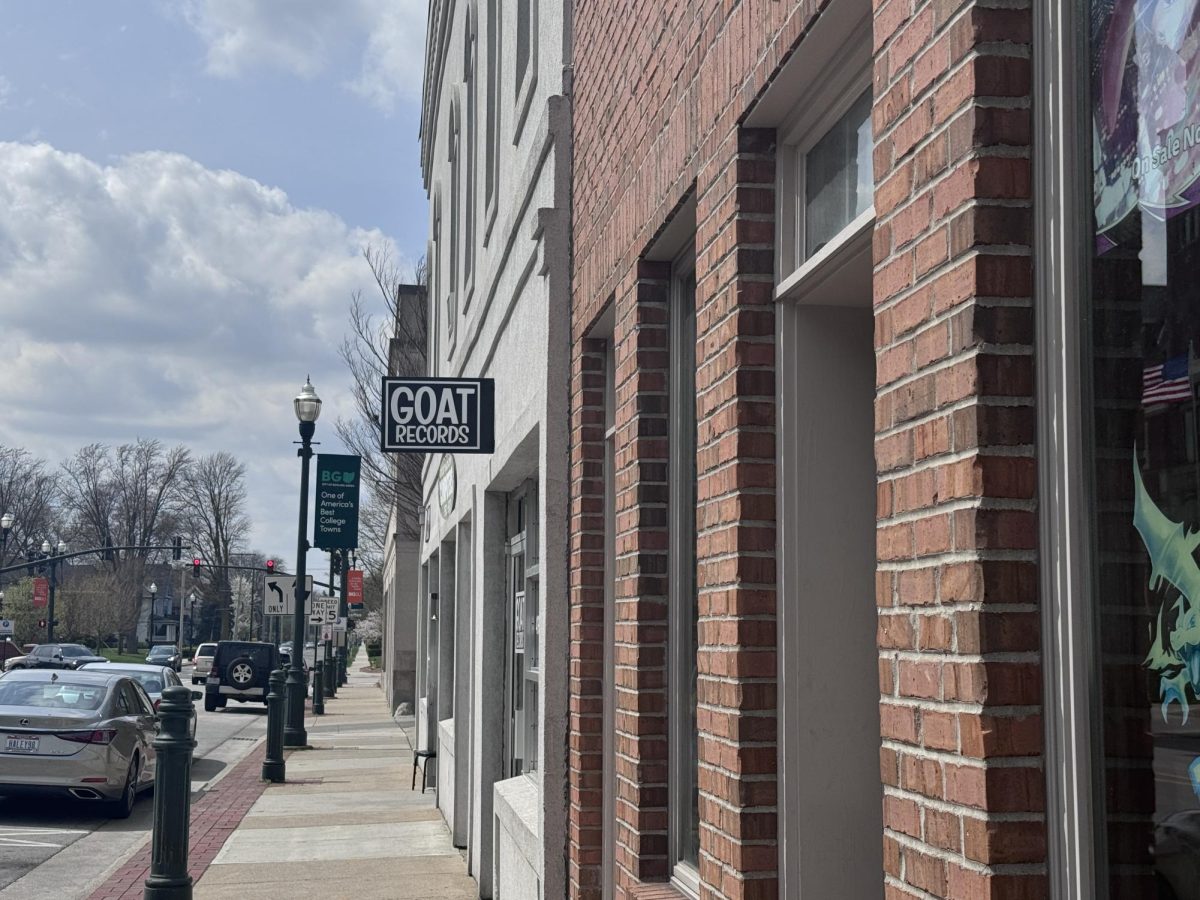Ohio places second in the nation for most deaths by drug overdose. On Tuesday, the University’s Community and Civic Engagement hosted the Opioid Epidemic Public Policy Forum featuring five expert panelists, stimulating conversation to resolve Wood County’s deadly drug dilemma.
“Heroin’s Children,” Al Jazeera’s short documentary opening the forum, put addicts in the spotlight, revealed how the leading cause of death of Americans under 50 is drug overdose and started the nights’ talk on what policies should be put in place to combat drug use.
“Make marijuana illegal,” Wood County Prosecuting Attorney Paul Dobson said.
Director of Community Health Improvement at the Hospital Council of Northwest Ohio Britney Ward said 99 percent of all heroin users have also used marijuana; however, not all marijuana users also use heroin. Dobson argued the statistic still shows cannabis is a gateway drug to stronger drugs like heroin or opiates and should be illegal to curb drug use all together.
In contrast, short debate ensued after an audience member asked the panel what they thought about Portugal’s policy decision to decriminalize all drugs. Nancy Orel, executive director of research for the Optimal Aging Institute, said Portugal is brought up in nearly all drug policy conversations. “Evidence shows that overdoses have decreased in Portugal, but drastic change in American attitudes towards drugs would have to occur,” Orel said.
Dobson noted that the government is not always the best place to look for solutions.
“Public policy is by its nature reactive,” Dobson said. “I think that looking to public policy as the cure for this is not the place to look. It’s not the answer. It’s not necessarily true that the government is the best place to go to solve a problem. Charles Dickens wrote ‘A Christmas Carol’ because it addresses the individual responsibility to care for our brothers and sisters.”
Some of the largest issues surrounding the epidemic stem from public policies Dobson described as shortsighted and having unintended consequences.
In the early 2000s, there were few ways to track if an individual was getting multiple prescriptions for the same drug from multiple hospitals, so they could intentionally misuse the medication. Policies were put in place to curb prescription drug use, but that only turned people to go to the cheaper alternative: heroin.
And there is little protocol or research to show exactly how to handle drug addiction.
“With tobacco, there was plenty of research that made putting policy in place easy,” Ward said. “And there’s a protocol with diabetics, but with drugs, it’s not easy. And since we have it bad here in Ohio, states are looking to us to see what we do.”
Dobson said focusing on emotional and personal stories of addicts can be effective, but hard facts, numbers and terminology are crucial for shifting the conversation into an effective public policy force.
“The value of the documentary is that it becomes personal,” Dobson said. “One of the things that needs to happen in order to drive public policy is to change the conversation and the terminology. The term ‘war on drugs’ has shortcomings. One of the shortcomings is that war is something that starts and stops, which is a misperception. We’re not going to end drug addiction. The number of overdoses will eventually start going down, but I’m concerned people will think we’ve solved the problem once the fatalities go down. The conversation needs to change.”
Belinda Brooks, coordinator for the Addiction Response Collaborative at the Wood County Prosecutor’s office, said it can be very difficult to get people involved with combating drug abuse because unless an individual is directly affected by the epidemic, people are unlikely to pay attention.
An individual may not be able to get proper rehabilitation services because an addict has to test positive for drug use to receive detox treatment, but most people need treatment once they are off the drug and are going through withdrawals.
Ward said the stigma revolving around drug users is the largest problem. The stigma can be so severe that doctors will not even accept drug users into their office.
“Get people treatment,” Policy Matters Ohio researcher Rob Moore said. “Treatment services are good economic investments. For every dollar you put into methadone and drug treatment, you get $2 into the economy.”
Since Wood County is in the middle of this severe crisis, the county has a policy window to make change. “You don’t want to waste a good crisis,” Moore said.





















